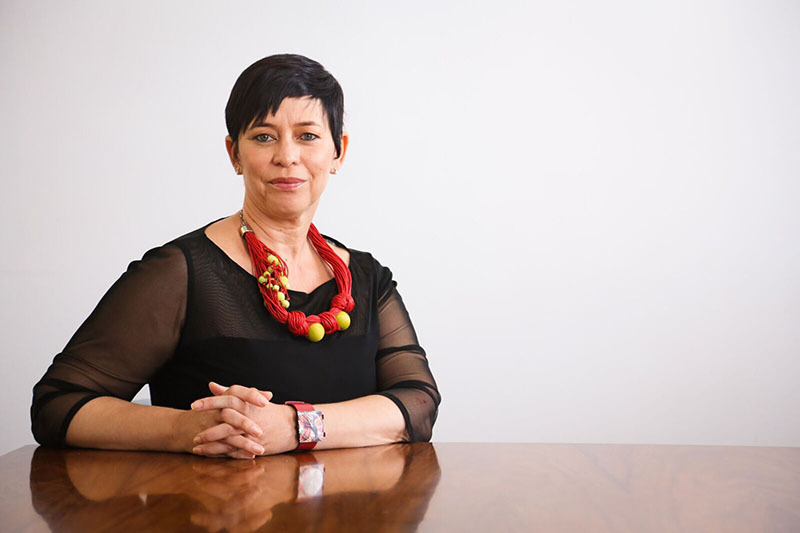Employment Equity Plan 2019–2021
15 May 2019 | Professor Loretta Feris
Dear colleagues and students
One of the key outcomes of the University of Cape Town’s (UCT) Transformation Report for 2018 is the new three-year Employment Equity (EE) Plan (2019–2021).
The new EE Plan, which incorporates the EE strategy, comes as a response to a request by Council in 2017 to develop stretch targets for employment equity. It is simultaneously the result of an Employment Equity Act compliance assessment and review by the Department of Labour in February 2018. UCT was found to be non-compliant in a few areas, including its disability targets, the format of the previous plan and the structure of its consultative forum on the plan and its implementation. The new plan remedies these concerns and addresses the need for stretched targets.
It is important to highlight that the language used in the EE Plan and EE Report as it relates to demographic categorisation of employees is stipulated by legislation and is not a reflection of the values of UCT. The EE Reports are statutory reports. These are submitted annually to the Department of Labour.
Furthermore, it is a statement of intent and a commitment by the university to take the corrective measures necessary to achieve equity in the workplace, which it believes are both realistic and achievable based on an independent university-wide consultative process and barrier identification and analysis.
UCT has redressed some imbalances of its inherited past and has made some progress towards achieving its employment equity goals to diversify both the staff and student profiles, to eliminate unfair discrimination and to ensure fair treatment of staff, students and service providers. The challenge now is implementing the plan within the agreed timeframe.
Since 2015 the university’s workforce profile has shifted, with 74% of the overall workforce profile being from designated groups, of which 68% was generic black South African at the time the plan was put together. We know, however, that this shift has happened mostly at the lower to middle pay class levels.
Academics are a specific concern: at present only 29,07% are black and only 9% are African black. Although significant progress has been made with the development of the black South African professoriate this year, it remains a challenge. At senior management level the picture looks better: 85% are from designated groups, of which 68,75% are black. However, only 6,25% are African black. It is evident that the university must become better at succession planning and career pathing, especially for strategic positions.
The new EE Plan also makes reference to the dispute resolution mechanism. All disputes relating to the interpretation of the implementation of the plan will be handled in accordance with that dispute resolution procedure.
The new employment equity strategy builds on the previous one and aims to attract, engage, grow and retain the right and diverse skills necessary to foster an institutional culture of inclusivity, respect and excellence. The new plan deals with four main areas and/or objectives: communication, advocacy and awareness; recruitment and selection; development, promotion and retention; and measurement.
The employment equity representative training calendar is available on page 22 of the 2019 Staff Learning and Development Resource Guide for Academic and PASS Staff.
The main objectives of the EE Plan are to proactively pull together as a university community and ensure that all departments and faculties know where to find the plan and, more importantly, how to use it.
Sincerely
Professor Loretta Feris
Deputy Vice-Chancellor: Transformation
Read previous communications:
 This work is licensed under a Creative Commons Attribution-NoDerivatives 4.0 International License.
This work is licensed under a Creative Commons Attribution-NoDerivatives 4.0 International License.
Please view the republishing articles page for more information.









